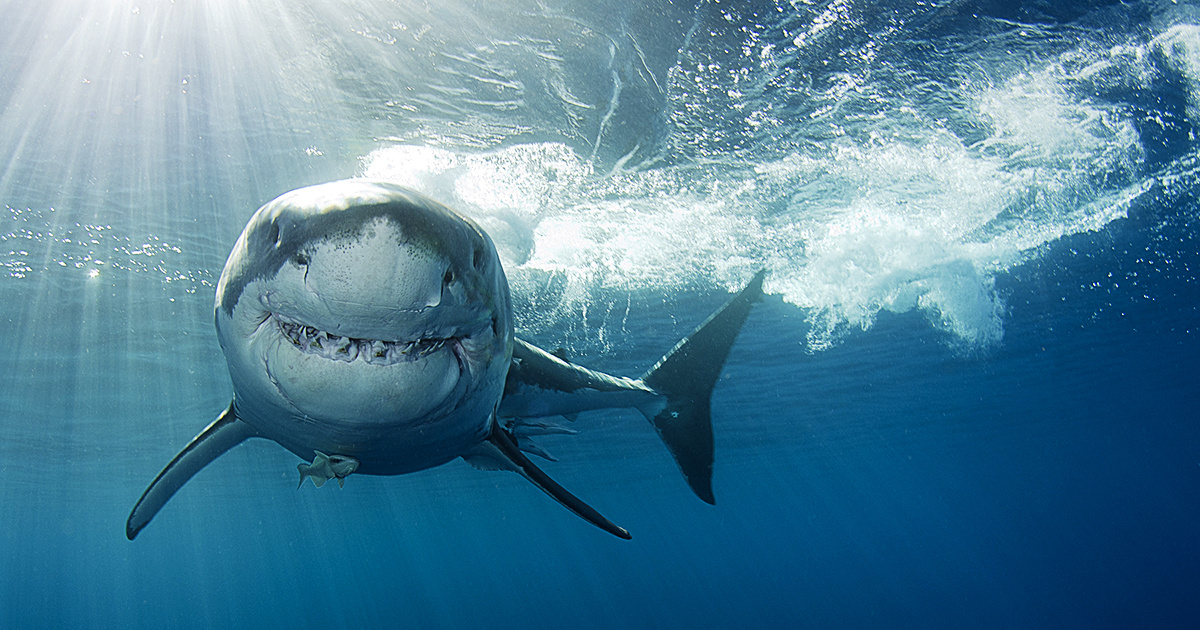MOST RECENT
POPULAR

The best of EcoWatch, right in your inbox. Sign up for our email newsletter!

iStock
By Jen Sawada
Sharks have been around for 400 million years, before the time of the dinosaurs, but there’s much more to them than big teeth and summer blockbusters. Consider these facts, which will change what you think about sharks.
EcoWatch Daily Newsletter
Related Articles from EcoWatch
Recent Stories from EcoWatch

 233k
233k  41k
41k  Subscribe
Subscribe 